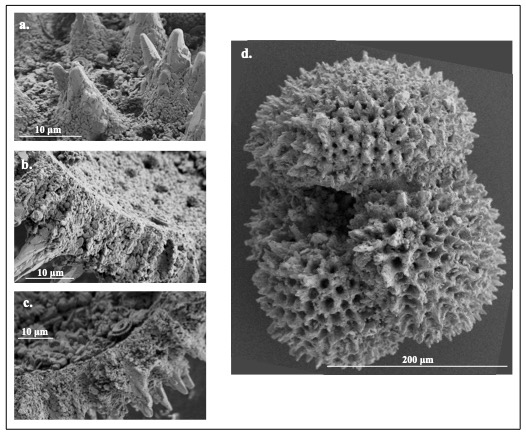Between 59 million and 51 million years ago, Earth underwent significant warming periods, including gradual ones lasting millions of years and sudden spikes known as hyperthermals lasting thousands to tens of thousands of years. Scientists attribute these higher temperatures largely to increased carbon dioxide levels in the atmosphere, although establishing a precise quantitative link has proven challenging.
A recent study linking sea-surface temperatures with atmospheric CO2 levels during these ancient periods reveals a close relationship. Published in the journal Proceedings of the National Academy of Sciences, the study indicates that CO2 emissions during two ancient hyperthermals were comparable to current human-driven emissions, providing valuable insights for refining climate change models. These models predict a temperature rise of 5.1 to 5.3 degrees C (9.1 to 9.5 F) if atmospheric CO2 levels double.
Lead author Dustin Harper, a postdoctoral researcher at the University of Utah, explains, “The main reason we are interested in these global carbon release events is because they can provide analogs for future change.”
Utilizing sediment cores from the Pacific Ocean, the researchers analyzed shells of ancient microscopic creatures to understand ocean-surface chemistry during the Paleocene-Eocene Thermal Maximum (PETM) and the Eocene Thermal Maximum 2 (ETM-2). This 6-million-year period revealed warmer Earth conditions compared to today, with no polar ice sheets and tropical Pacific ocean temperatures exceeding 100 degrees F.

The study highlights how ancient hyperthermals released carbon at a rate similar to current human emissions, with the key difference being the speed of release. Coauthor Bärbel Hönisch of the Columbia Climate School emphasizes the importance of these analogs in estimating the long-term consequences of modern CO2 emissions.
Looking ahead, the researchers posit that gradual warming trends in the past were influenced by tectonic forces and decreased organic matter burial, while hyperthermals arose from volcanic interactions with organic sediments, releasing stored carbon into the atmosphere.
As we face the challenge of rising CO2 levels and global temperatures, studies like these provide valuable insights into the Earth’s past climate conditions and the potential impacts of our current carbon emissions.






